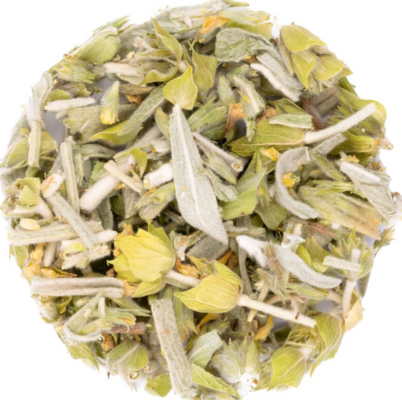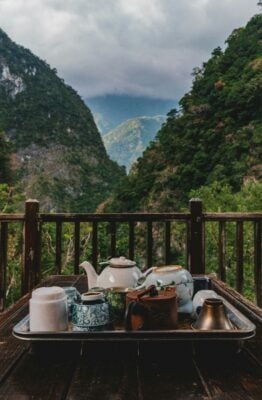We proudly welcome Soo Choi-Bosman, Transformation Director at Dilmah Benelux, as our new guest writer. Read her interesting story about ‘tea packers and tea growers’.

Nowadays consumer shows on TV focus on the quality issues surrounding tea. Various tea brands are being examined. In my opinion, an important distinction remains underexposed; the difference between tea packers and tea growers. Most people perceive them as one of the same species. Yet there is a big difference between these two. Tea packers purchase tea. Tea growers cultivate the tea from the grafting of the tea plant and the nurturing to the final product.
Quality factors of tea
Not many tea brands can potentially guarantee the quality-determining factors that play a role in the cultivation of tea. It is all in the treatment of the tea cultivars, the soil and weather conditions, nurturing of the plants, air pollution, the method of harvesting and the processing that determine the end result of this natural product. These parameters are within the reach of tea growers only.

Tea packers
The vast majority of companies behind the well-known tea brands are tea packers and the majority of them have no direct contact with tea growers. Most tea is not even bought from tea growers but from middlemen. Even for tea with an organic or fair trade label, there are many gray areas due to the usual middlemen. For example, there is limited information about the method of cultivation, about CO2 impact during production, is it hand or machine picked? Is there monoculture prevention and fostering of biodiversity? Parameters for tea packers to add to the quality of tea is by mixing the tea and adding flavorings.
Why are there so many tea packers?
It is precisely in the packaging of the tea where the greatest profits are made; tea farmers receive a price as a raw material supplier that is a few cents higher with “fair trade” than with the regular trade. Tea packers typically mix good teas with inferior varieties, such as machine harvested or CTC-processed tea. Machine-harvested tea contains, in addition to the fresh buds of the tea plant, also twigs that are ground together but do not benefit the taste. The CTC method (crush, tear and curl) is a loveless method of mass production that is at odds with the traditional orthodox processing method. The latter only ensures maintaining of the natural flavor and aroma’s in the tea.

Tea blends vs. Single Origin
Blending was made the norm in the colonial times to increase profit margins. Traditionally, in traditional tea cultures, unadulterated tea was common. After all, tea grown and manufactured with heart and soul reveals the care and love it has had in the color and flavor of the infusion. Nowadays, the regulations regarding provenance don’t promote transparency; Ceylon tea may consist of 95% tea of unknown origin, so only 5% tea from Sri Lanka is required for the predicate “Ceylon tea”. The term “single origin” is the reply of tea growers to the progressive commoditization of Ceylon tea. Tea growers with a soul, such as Dilmah, hereby indicate that their tea is 100% unadulterated Ceylon tea.
Where does your tea come from?
In short, apples and pears cannot be compared. Similarly, a distinction must be made between tea packers and tea growers. Tea packers are good at marketing and packaging design. Tea growers are good at growing tea. Do you prefer to buy tea from a tea packer or from a tea grower?



